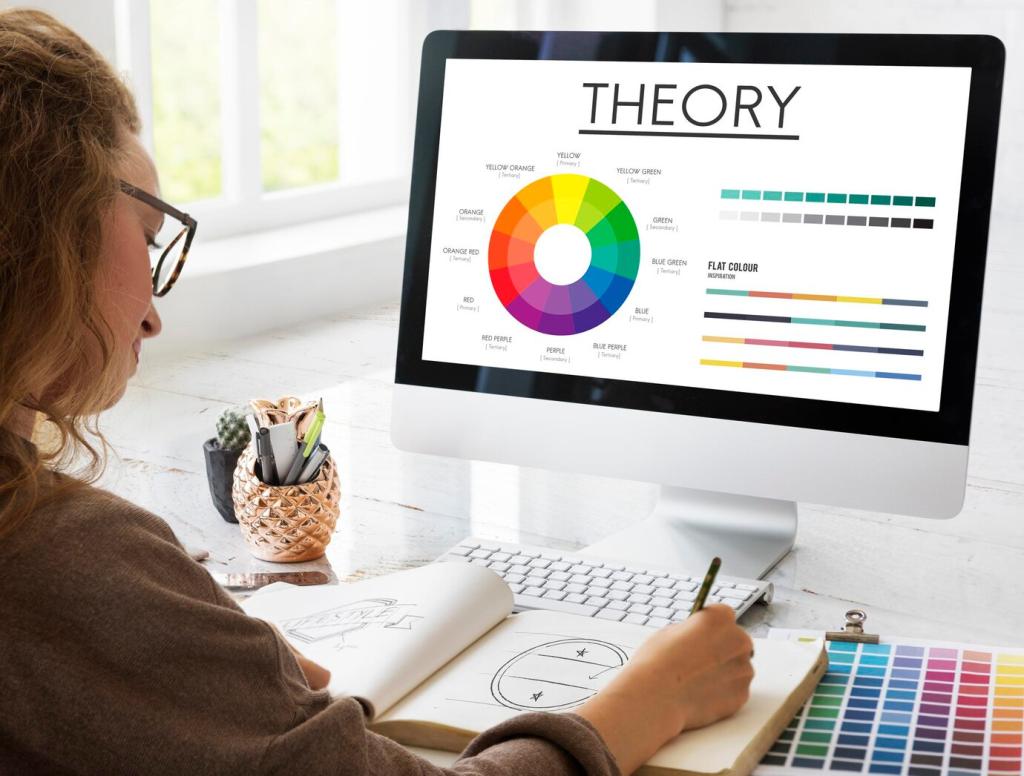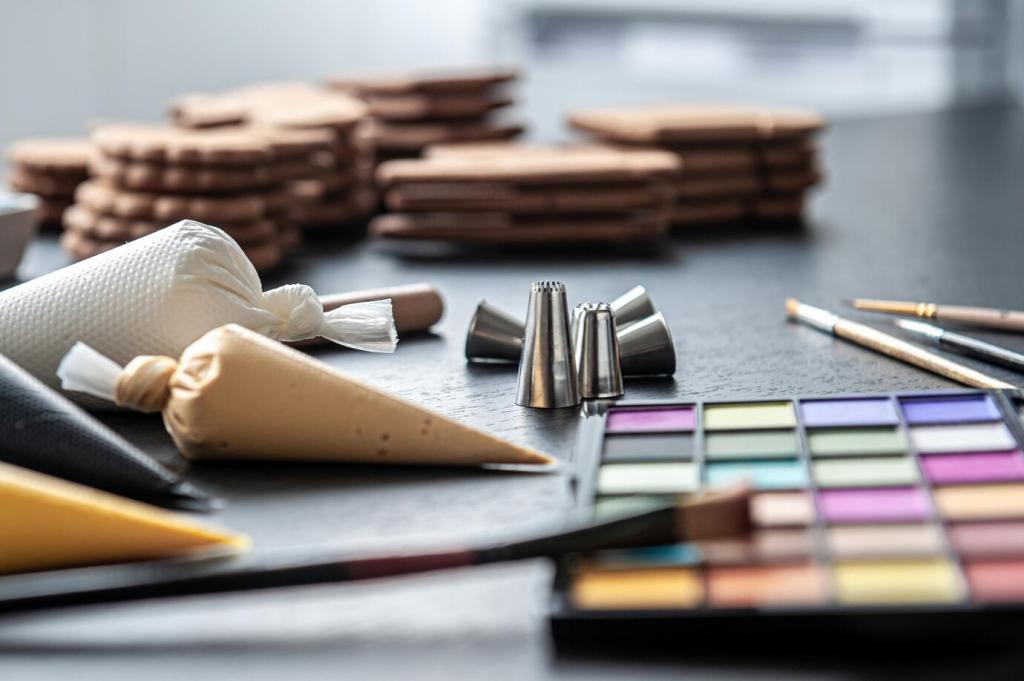Words That Make Spaces Sell: Crafting Persuasive Copy for Interior Design Websites
Chosen theme: Crafting Persuasive Copy for Interior Design Websites. Step into a studio where mood boards meet messaging and layout meets language. Learn to write copy that wins trust, stirs desire, and invites action—without losing elegance. Share your questions, subscribe for weekly prompts, and tell us which page of your site needs a rewrite next.
Know Your Ideal Client Before You Write a Word
Different readers arrive with different stakes: inspiration seekers browse; decision‑makers budget. Map each mindset to specific pages, then match copy depth, proof, and CTA strength accordingly. Ask readers which stage they recognize, and invite them to join your list for stage‑specific checklists and mini briefs.

Lead with Benefits, Not Buzzwords
Trade “bespoke interiors” for “spaces that photograph beautifully and live even better.” Tie aesthetic to function and business impact. If a gallery headline can promise fewer decisions, calmer mornings, or faster lease‑ups, you are already persuading. Invite readers to test a benefit‑first headline and share results next week.

Specificity Sparks Imagination
Numbers, materials, and constraints create credibility. Try “A micro‑apartment that gained 22% storage without adding square footage” instead of “Smart small‑space design.” Specifics let readers picture their own win. Encourage subscribers to rewrite one page with concrete metrics and report which metric attracted the most inquiries.
Portfolio Stories That Persuade Without Shouting
Before‑and‑After Narratives with Stakes
Set the scene: the problem, the constraint, the client’s hope. Then reveal the turning point and the measurable result. Think “daylight salvaged from a deep floorplate” or “acoustics that made open‑plan workable.” End with a gentle CTA to discuss a similar challenge. Readers love real stakes and real outcomes.
Tangible Details: Light, Texture, and Sound
Write what photos can’t capture: the soft thud of cork underfoot, afternoon glare tamed by scrim, the hush after acoustic panels. Sensory details anchor memory and differentiate your studio. Invite readers to pick a photo and describe what they imagine hearing or feeling, then subscribe for a sensory checklist.
Case Study Structure That Builds Trust
Use a consistent arc: Brief, Barriers, Approach, Materials, Outcome, Client Quote, CTA. Consistency reduces cognitive friction and highlights your method. Keep outcomes comparable—percentages, timelines, and budgets—so visitors can benchmark. Ask subscribers which section they skip, and we’ll show how to make it irresistible.



Keyword Research for Design Intent
Group keywords by intent: inspiration, evaluation, conversion. “Japandi living room ideas” wants galleries; “interior designer fees” wants transparent guidance. Build pages for intent clusters, not single terms. Invite readers to share their top three queries, and we’ll send a sample content map to subscribers.
On‑Page Semantics Without Clutter
Use descriptive alt text that reads like a curator’s note, scannable H2s that mirror client questions, and meta descriptions that promise outcomes. Avoid stuffing; aim for relevance and rhythm. Ask the audience to paste a meta description, and we’ll improve it live in a future issue.
Local SEO for Studios and Showrooms
Feature neighborhood names, materials suppliers, and project types common in your area. Collect geotagged testimonials and embed a map on contact pages. Create a “Working in [City]” explainer that outlines timelines and regulations. Encourage readers to submit their city so we can share localized copy prompts.
Social Proof That Resonates with Design Buyers
Testimonial Interviews That Find the Truth
Ask about turning points: the moment the client felt relief, the surprise that justified budget, the detail guests always notice. Extract outcomes and emotions, then shape a concise quote. Invite subscribers to request our testimonial question list and try it on a past client this week.
Formats That Convert Quietly
Pair a short quote with a metric, a headshot, and a project link. Use carousels on portfolio pages and a wall of proof on the About page. Rotate by sector if you serve residential and commercial. Ask readers which format feels most convincing, and we’ll share a layout template.
Trust Signals Beyond Stars
Layer press mentions, certifications, process diagrams, and insured/registered badges beside CTAs. Add supplier partnerships to imply access and reliability. If you mentor or teach, include it as social proof of expertise. Invite comments on which trust signal would reassure them most before booking a consultation.
